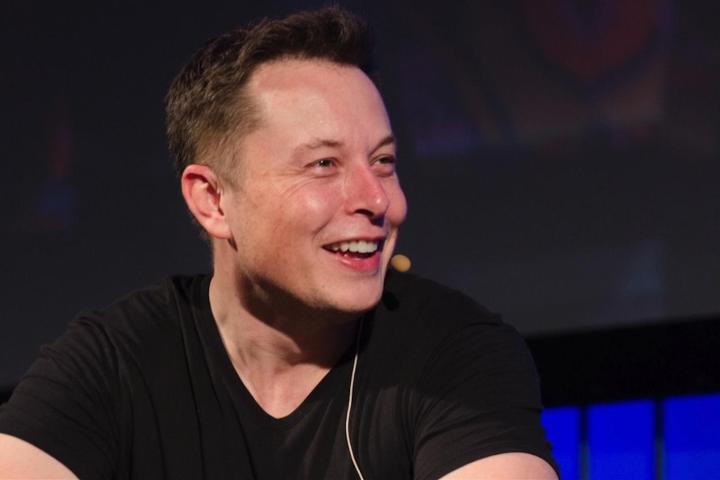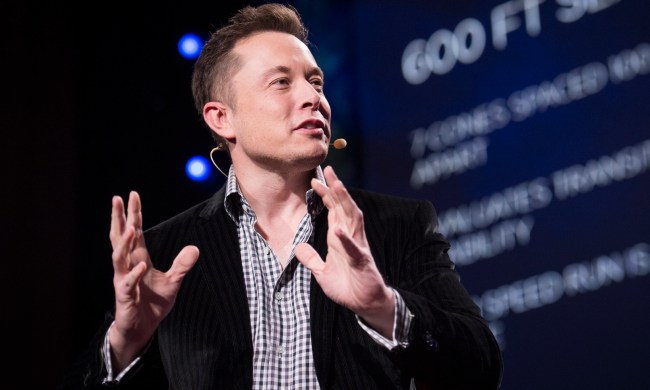
Musk says his plan involves a network of hundreds of satellites that would orbit the Earth about 750 miles up, a distance considerably closer to the ground that most other satellites currently in operation. According to Bloomberg, which reported Musk’s ambitious plan shortly before it was officially announced on Friday, the service could offer speeds that “rival fiber optic cables on land.”
Musk told Bloomberg the satellites would take around five years to develop at a cost of about $10 billion. He also poured cold water on the idea that he might team up with Greg Wyler’s OneWeb, as was suggested late last year.
“Greg and I have a fundamental disagreement about the architecture,” Musk told Bloomberg, adding, “We want a satellite that is an order of magnitude more sophisticated than what Greg wants. I think there should be two competing systems.”
Mars funding
There’s a twist with Musk’s plan, however, as the billionaire businessman wants to use his proposed network of satellites to not only provide low-cost Internet access to poorly served areas on Earth, but also to use the profits to help fund one of his many other projects – that of colonizing Mars. That’s right, in case you’d somehow forgotten, Musk and his SpaceX company also has a plan to get humans on Mars some time in the 2020s.
As Musk moves toward his Mars dream, his SpaceX technology is being used to ferry cargo to the International Space Station in an ongoing program aimed at significantly reducing the cost of space travel, though the enterprise is clearly facing some serious challenges.
Rivals
With Facebook and Google also working on launching airborne Internet-providing technology projects of their own, the skies way above us look set to become even more crowded with a vast range of kit, from drones the size of large passenger planes to high-altitude balloons to satellites.
There’s even talk of a technology called ‘free-space optical communication’ (FSO), which uses light to transmit data through space by way of invisible, infrared laser beams. But for the time being at least, Musk’s ambitions are focusing on a satellite-based solution.


